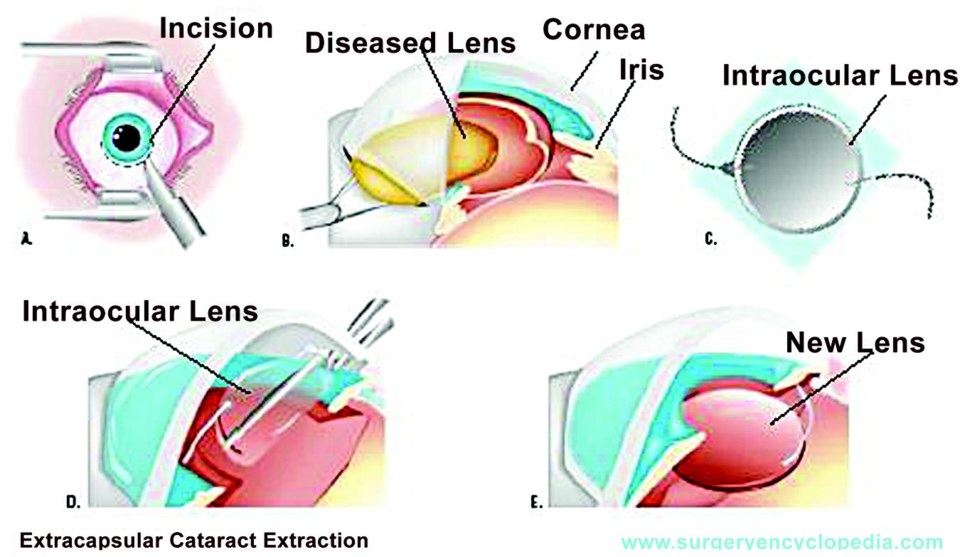Cataract patients who require foldable lenses to correct their vision problems will likely be paying less for those lenses next year.
That's because they will be buying them from the provincial health authority rather than their ophthamologist.
Starting next year, there will be standardized pricing on those lenses and significant savings to patients, who will be the beneficiaries of price breaks given by suppliers. The lenses will be sold to the province in bulk quantities and will not be subject to mark-up costs that turn profits over to doctors.
"With this change, we are able to provide the same quality lenses but at a standardized price all across the province, meaning that a patient in Prince George will now pay the same for their lenses as a patient purchasing the same lenses in Surrey," said Dr. Nigel Murray, president and CEO of the Fraser Health Authority.
Foldable lenses bought directly from surgeons range in price from as low as $250 for a single lens to as much as $1,900. Health authorities are now in the process of working out direct purchasing agreements with suppliers and the new system will be in place by April 2012.
Health Shared Services BC will manage the supply, which will allow them to track the lenses to improve patient safety in case there is a problem with a certain type of lens.
Cataract surgery is necessary when the natural lens of the eye loses its transparency and becomes partially or totally opaque, resulting in loss of vision. The surgeon removes the lens and inserts a plastic lens implant, which in more than 90 per cent of all surgeries, successfully restores vision. Foldable intraocular lenses are preferred by surgeons because they are less invasive, requiring smaller incisions to insert.
The surgery is covered by the province's Medical Services Plan (MSP) but the cost of non-standardized (foldable) lenses is billed to patients. If foldable lenses are deemed medically necessary, the cost would be covered by the medical plan.
Symptoms of cataracts include blurred or hazy vision, increased sensitivity to light, dulled colour perception and increased nearsightedness.
Cataract surgery is the most common operative procedure performed in Canada. From April 2010 to March 2011, there were 51,887 cataract surgeries performed in B.C. (457 at University Hospital of Northern B.C. in Prince George) and 95 per cent of those patients received non-standard lenses.
BC Health has targeted a maximum of 16 weeks of waiting for cataract surgery for 90 per cent of its patients. The average wait time at UHNBC is 42 weeks for 90 per cent of patients and 10 weeks for 50 per cent of those patients.
Only three ophthalmologists are currently performing cataract operations at UHNBC. The shortage of specialists and the lack of operating time for those surgeons has created long wait times. As of Oct. 31, Dr. Andrew Lukaris had 106 patients on the wait list at UHNBC, Dr. Marian Roesch had a list of 114 patients, and there were 71 patients on the list of Dr. Aleksandra Veselinovic.

.png;w=120;h=80;mode=crop)

